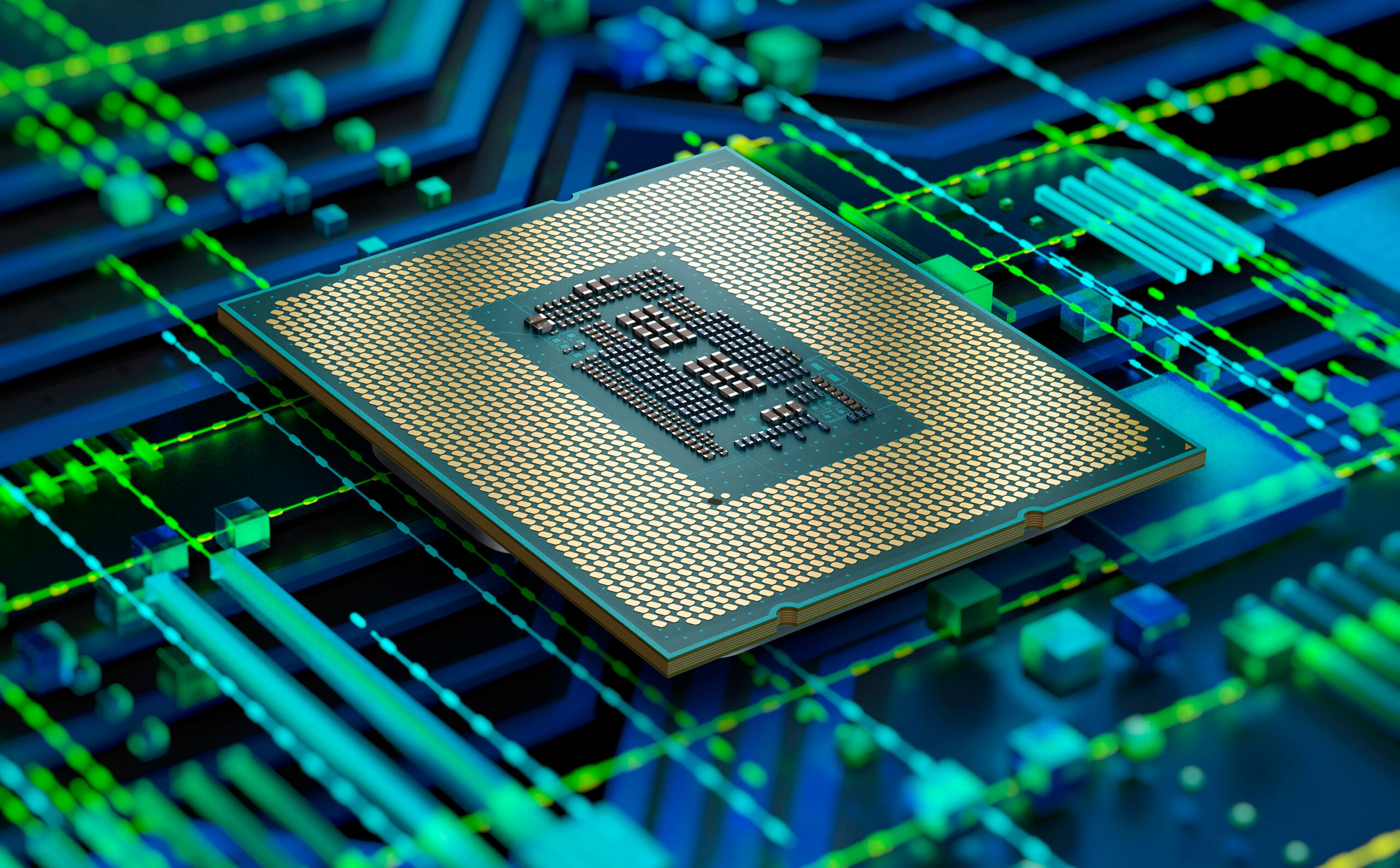What is a BIOS?

If you’ve ever needed to do a deep dive into your PC’s system settings, you might have come across the BIOS, but what is the BIOS exactly?
Keep reading to discover everything you need to know about your computer’s BIOS, including what it is, what functions it’s responsible for and how you can access it.
What is a BIOS?
The BIOS is the software used by the CPU in a computer to perform start-up procedures. This includes loading up the operating system and checking for diagnostic errors when you boot up your PC. The acronym BIOS stands for Basic Input/Output System.
There are four key functions the BIOS is expected to handle.
The first is the BIOS Power On Self-Test or POST. This program tests the hardware, ensuring that the computer is capable of loading tasks successfully and functioning as it should. The system won’t continue to load until the POST has been passed.
Next up is the bootstrap loader which locates the operating system and begins the process of booting it up. The BIOS then transfers control of the system over to the OS.
Then, there are the BIOS drivers. These are low-level drivers stored in the non-volatile memory that give your system basic control over its hardware.
Finally, there’s the BIOS setup or CMOS. This is where you can go to configure device and system settings, including the time, date and password.
How to access the BIOS
There might be instances where you need to access your computer’s BIOS, whether that be to adjust your basic system settings, overclock your CPU, enable virtualisation to access a different OS or something else entirely.
Thankfully, locating your BIOS is a relatively simple process. All you need to do is press your computer’s BIOS key while booting up the device. The key you use can vary based on the manufacturer, so make sure to check which key is used for your PC. However, many systems assign the F2 key to access the BIOS.








